


Some games do one thing so well that it makes it disturbingly easy to gloss over its flaws. Alien: Isolation is a textbook example of this, having a core mechanic that is so good I barely even care that it’s ludicrously bloated and full of cheap and repetitive scenario design.
That core bit is, of course, the much touted alien itself. The xenomorph is well known for being a frightening figure on its own, but as the centerpiece of Creative Assembly’s take on the Alien franchise it deserves new notoriety for being a uniquely frightening villain as well. He’s a one-hit-killing machine who can strike seemingly from nowhere, and whose movements you can’t predict. Thanks to the AI in this xeno, Isolation is the stealth game equivalent of the shooter that makes you move around constantly instead of allowing you to cower behind a chest-high wall.
The game is intended as a sort of emulation of the original Alien film -- as opposed to the sequel, Aliens, which inspired the copious Aliens and Aliens vs. Predator we’ve gotten over the years -- and it works. The goal is to avoid confrontation altogether; this is survival horror, and all the tropes of that subgenre like sparse resources and limited ammo supplies are included. Your ammo isn’t for the alien, though, but rather for the other hostile inhabitants of Sevastopol station. But we’ll come back to them.
Because Isolation’s xeno is unpredictable, normal stealth tactics don’t apply. There aren’t any patrol patterns to discern, and hiding until the menace goes away isn’t an option, or at least it’s not a good one. Isolation is a game of risk versus reward. You have to take chances and press forward and at times hope you have luck and skill in equal quantities. Sometimes, the dude is just going to get you, and sometimes it won’t be your fault, because an alien who crawls around in vents out of sight much of the time is destined to surprise you. And that’s cool.
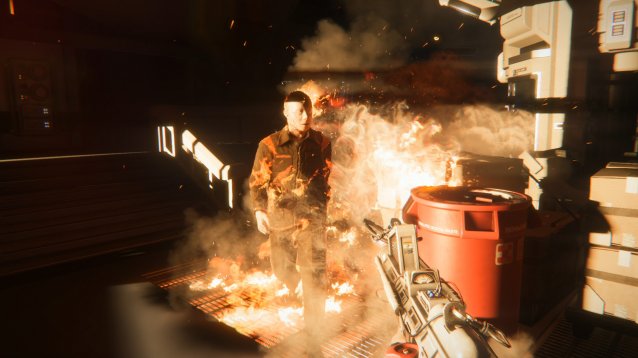
I’m a notoriously wound up person -- I scream at horror movies, and I struggle to play horror games for long stretches because the tension exhausts me. Somehow I was able to binge on Isolation, though. No, “able” is not the right word. I wanted binge. I voluntarily binged. See, the terror involved in trying to outwit this unknowable piece of villainous code was an orgasmic thrill for me. The deep breaths and the cold sweat were addictive. I wanted to wallow in that happy terror, and I did.
There is more terror than just the xeno, in the form of mannequin-esque androids with glowing eyes that stomp at you like Jason Voorhees, and who will toss you like a ragdoll against the wall if they get a chance. There’s a lengthy portion mid-game in which the xeno is gone from the picture and you have only these devils to face, and it’s a completely different sort of terror and play. It’s a nice change of pace, though never as satisfying as the main attraction.
The xeno casts such a long shadow over the experience that most other aspects of the game don’t come close to getting out of it. The issue I have is that the experience divorced from the alien is about as generic as video games come -- the pleasantly lengthy first act prior to the player being placed in gameplay danger excepted. Isolation is as full of fan service as any game I’ve ever played, to the point where it comes off more as a fan creation than a sanctioned entry in the franchise.
This is a game, after all, about the daughter of Ellen Ripley going off in search of her mother in between the events of Alien and Aliens and getting stuff in a space station with her mother’s nemesis. Everybody in the game calls her Ripley, just as characters in the film refer to Ellen, and young Amanda even wears the same of jumpsuit (but a different color!) and identical shoes her mom wore in Alien.
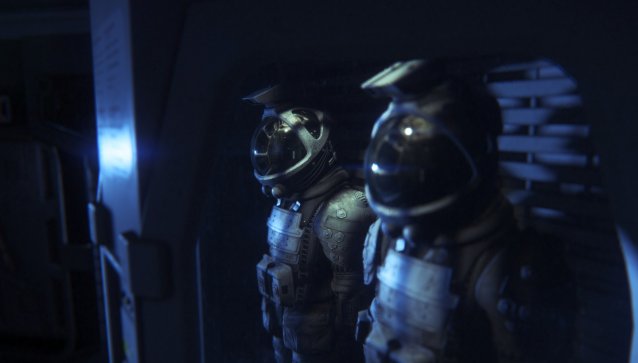
The aesthetic is ripped straight from Alien as well, with that same famous now-retro-futuristic plastic-and-padded look all over. The ship Amanda rides in on, the Torrens, also happens to be a near-replica of the Nostromo that Ellen crewed on in the film, and you’ll find that much of the underbelly of the Sevastopol is eerily reminiscent of that of the Nostromo, too, down to the circular vent covers.
In urgent moments when something or other is about to explode, a familiar klaxon will sound alongside familiar spinning warning lights. When the time comes for a conspiracy to be revealed in an attempt at a plot twist, you will indeed be shocked to discover the truth is exactly what anybody who has watched an Alien movie thinks it is. Never rocking the boat, Isolation as a complete package is an homage to Alien, more than a successor.
Maybe that’s for the best, because where Isolation does diverge creatively from the Alien standard is that its characters who aren’t named Amanda Ripley are never around and rarely do anything of note aside from getting murdered.
I make all that sound worse than it is. The story is serviceable, and the aesthetic is very nice even while it’s so obviously borrowed. Games don’t do retro-futuristic all that much, so it’s certainly refreshing.
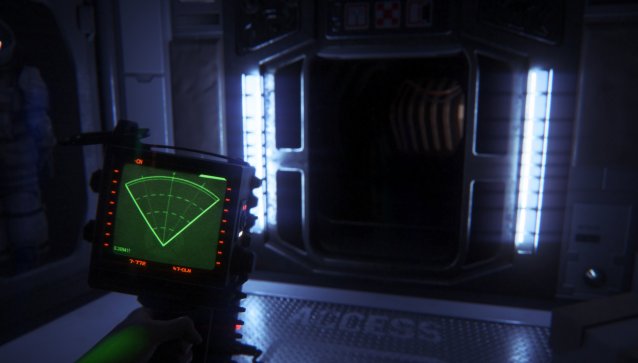
The Creative Assembly could have stood to not make me traipse back and forth across an area to turn on generators in order to artificially inflate the length of the game so often. There are very few areas inside Sevastopol you’ll only have to cross once. Some you’ll wander through a bunch of times in a row, even.
But I’m not really concerned with how typical most of the game is, because Isolation is a rare title in which the core gameplay is so solid and novel that I’d be willing to give most other elements a pass. The act of going toe-to-toe with the best and smartest and most dangerous video game xenomorph I’ve ever seen makes the lack of any sense of risk in the other design elements fine, just fine.
However, those other elements do keep Alien: Isolation from ascending to heaven to stand at the right hand of God. It is merely the regular type of excellent.
8.5 out of 10
Alien: Isolation was developed by The Creative Assembly and published by Sega. It will be released on October 7, 2014, and will be available on PC for $49.99 and Xbox 360, Xbox One, PlayStation 3 and PlayStation 4 for $59.99.
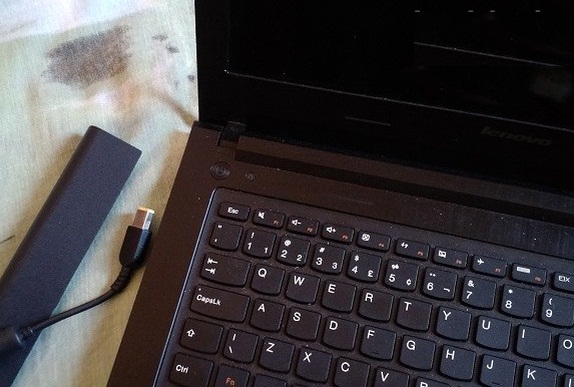



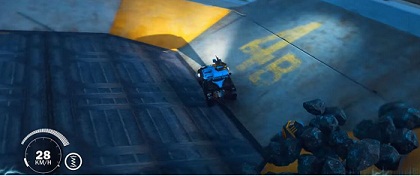 Just Cause 3: all Challenge Modes guide
Just Cause 3: all Challenge Modes guide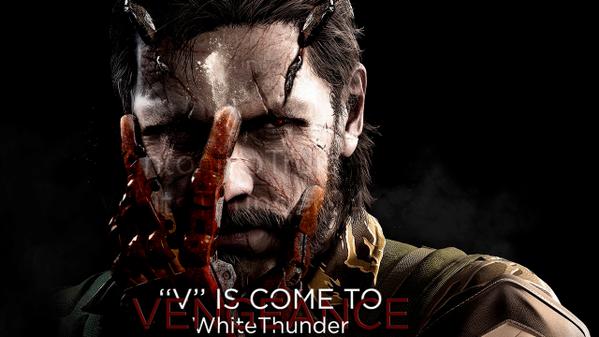 Metal Gear Solid V The Phantom Pain: How to Find the Specialist Locations
Metal Gear Solid V The Phantom Pain: How to Find the Specialist Locations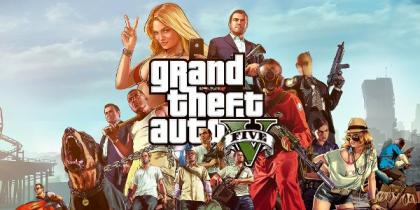 Easiest Way To Transfer GTA Online Characters/Progression From PS3/X360 To GTA V PS4/Xbox One Versions
Easiest Way To Transfer GTA Online Characters/Progression From PS3/X360 To GTA V PS4/Xbox One Versions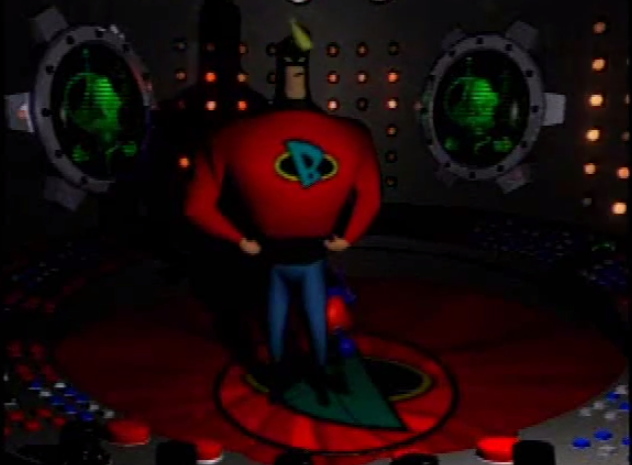 4 Failed Video Game Mascots You've Probably Never Heard Of
4 Failed Video Game Mascots You've Probably Never Heard Of Players Can Farm Infinite XP in Fallout 4 With This Quest Glitch
Players Can Farm Infinite XP in Fallout 4 With This Quest Glitch